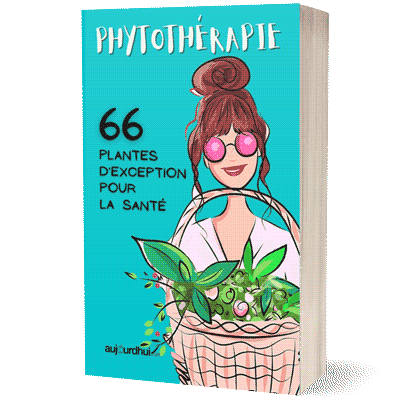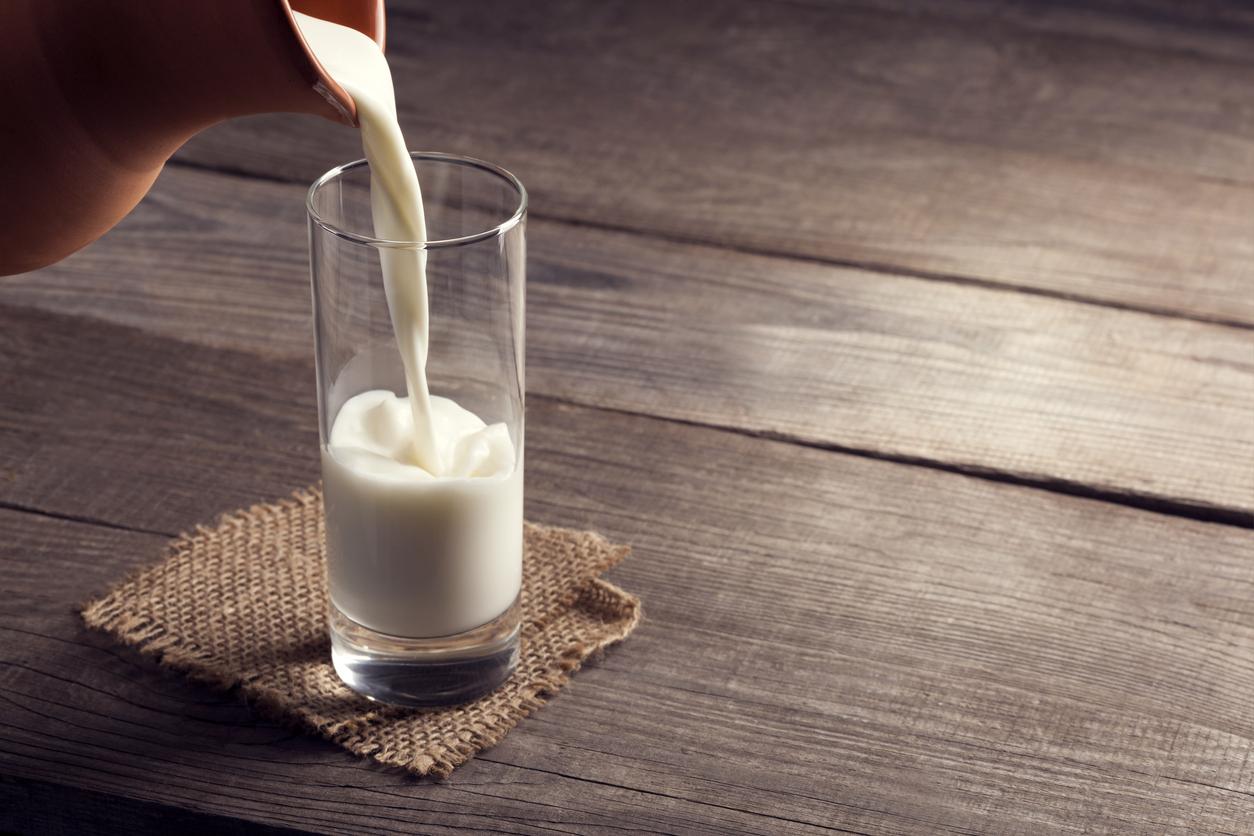At times anti-stress, relaxing, protective of the heart and vessels, good for immunity and lung function, provider of well-being and pleasure… But what is this miracle drug? Simply laughter. “Laughter is a very complete muscular exercise that solicits most of our muscles, ranging from those of the face to those of the legs, through the diaphragm (involved in breathing) and the abdominal muscles, explains neuroscience professor Jean- Christophe Cassel. During a burst of laughter, these contract very quickly and strongly, which allows an enormous energy expenditure”. Something to help keep the line!
Laughter mobilizes almost every muscle
In work published by American researchers from Vanderbilt University (Tennessee) in 2007 in the International Journal of Obesity, it appeared that 10 to 15 minutes of laughter a day would burn 10 to 40 kcal, which is equivalent to weight loss of up to 2 kilos per year. And above all, the strong contraction of several muscles, then their relaxation induces a feeling of relaxation and therefore also helps to fight against stress. “Post-laughter relaxation lasts about 45 minutes“, specifies another American publication, published in 2008 in Evidence-Based Complementary and Alternative Medicine. Due to its anti-stress and relaxing benefits, laughter also makes it possible to fall asleep faster and longer.
A 2011 Korean study described in the journal Geriatrics & Gerontology International, involving 109 people over the age of 65, concluded that laughter reduces the frequency of insomnia and improves sleep quality, with an average insomnia score of 7.6 vs 8, and an average sleep quality score of 7.3 vs 7.
Laughter modulates the activity of our nervous system
“Laughter also acts on two major components of our nervous system, which it successively activates – via mechanisms that have not been fully elucidated -: the “sympathetic nervous system”, which aims to accelerate the heart and increase blood pressure. blood pressure, and the “parasympathetic nervous system”, which has opposite effects (slowing of the heart and lowering of blood pressure)”, continues Professor Cassel. In doing so, “laughter induces a contraction then a relaxation of the arteries, which develops their elasticity; a dilation then a contraction of the bronchi, hence better oxygenation; an increase then a slowing down of the heart rate; etc.”
However, these physiological changes help maintain good physical health, as confirmed by Anglo-Dutch work from 2019, published in the journal Social Science & Medicine: after analyzing 115 studies, the researchers noted that laughter reduces blood sugar levels, blood pressure, heart rate, and improves immunity and lung function. Another study, this time from New Zealand and published in 2018 in Complementary Therapies in Medicine, concluded that watching a humorous video for 6 minutes induces cardiac benefits “similar to those of physical exercise” (walking, running walk…).
Laughter stimulates the release of dopamine
“When triggered by a good joke or a surprise effect (joke, burlesque situation, etc.), laughter stimulates the release of dopamine, a molecule responsible for the sensation of pleasure, and endorphins , which have a calming, relaxing, well-being and anxiolytic effect”, explains Professor Cassel. Hence the anti-depressing action of laughter. “Many works attest to the beneficial virtues of laughter in reducing negative emotions”, confirms an Italian study, published in 2019 in the journal “Psychiatria Danubina”, which analyzed the results of around sixty works on this subject published during of the last three decades. But the release of endorphins also makes it possible to reduce pain, “these molecules also having an analgesic effect”, explains Professor Cassel. Here, a British study showed that laughing for 15 minutes is enough to increase pain tolerance by about 10%.
That’s why hospitals call on professional clowns – like those of Le Rire Médecin. Specifically concerning this type of intervention, “several works have revealed that the presence of clowns during the performance of painful acts (puncture, puncture, etc.) reduces the need for analgesics”, underlines Sylvie Chokron.
Our Experts:
- Sylvie Chokron, neuropsychologist, director of research at the CNRS and the University of Paris, author of A day in Anna’s brain (ed. Eyrolles)
- Jean-Christophe Cassel, professor of neuroscience at the University of Strasbourg
Read also :
- Cancer: laughter therapy to reduce pain
- 5 liberating exercises to learn to laugh
- US Hospital Offers Laughter Therapy
- Dying of laughter is possible
















